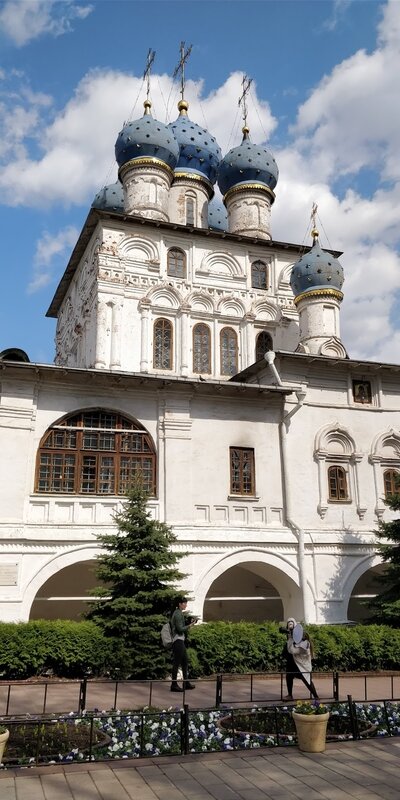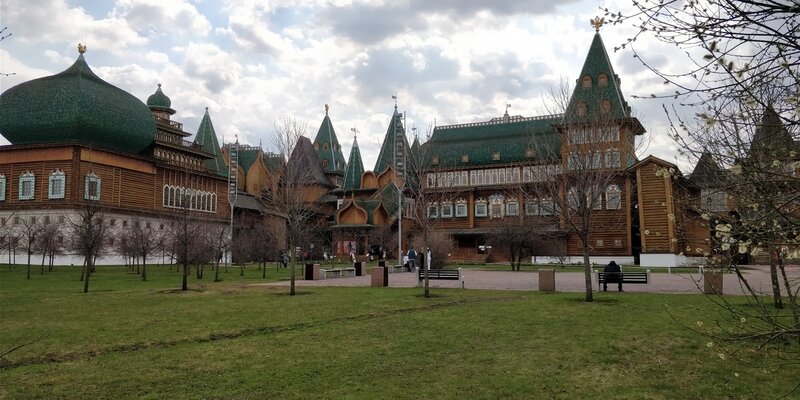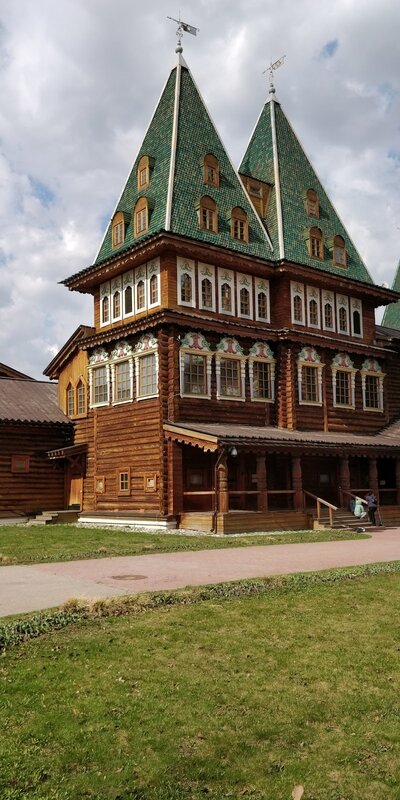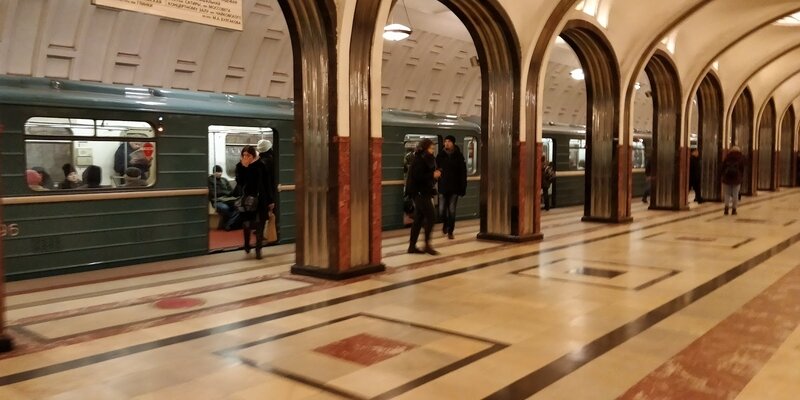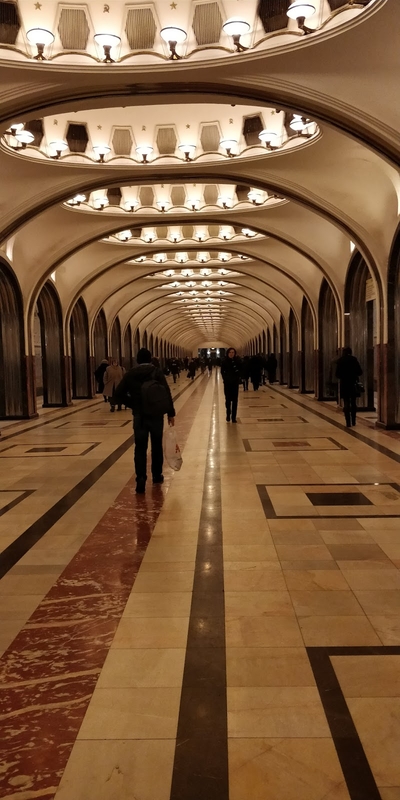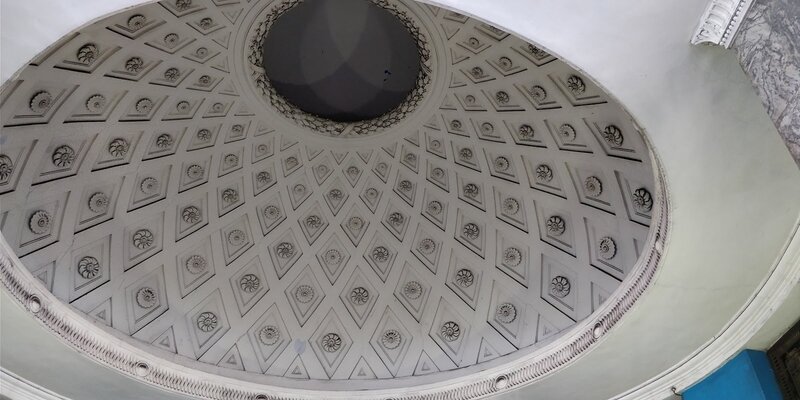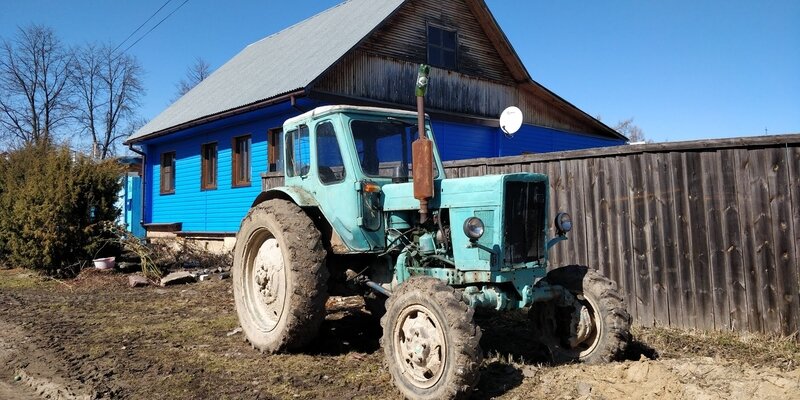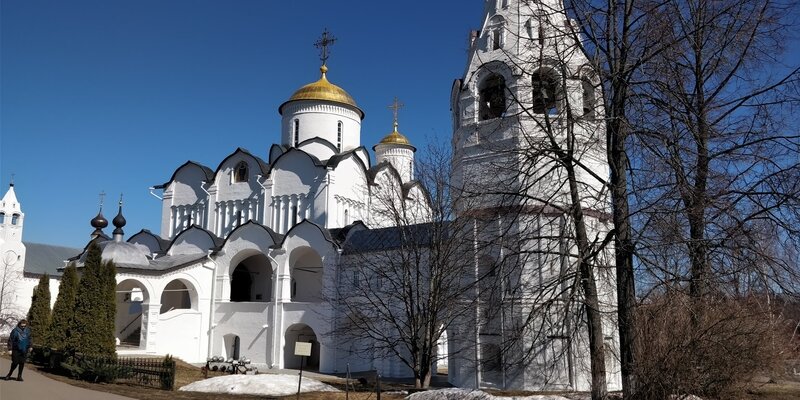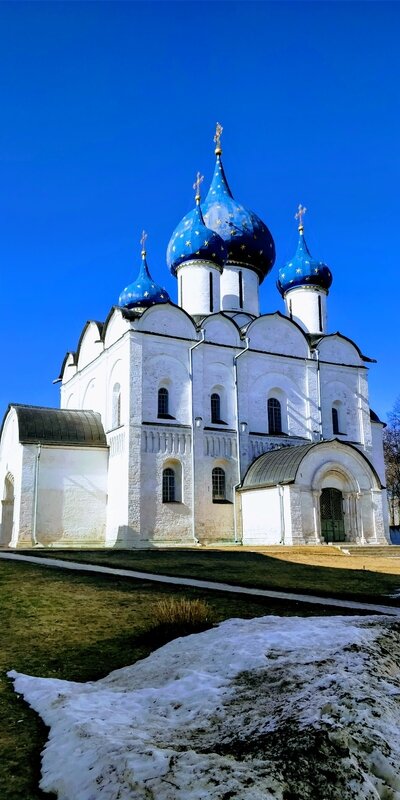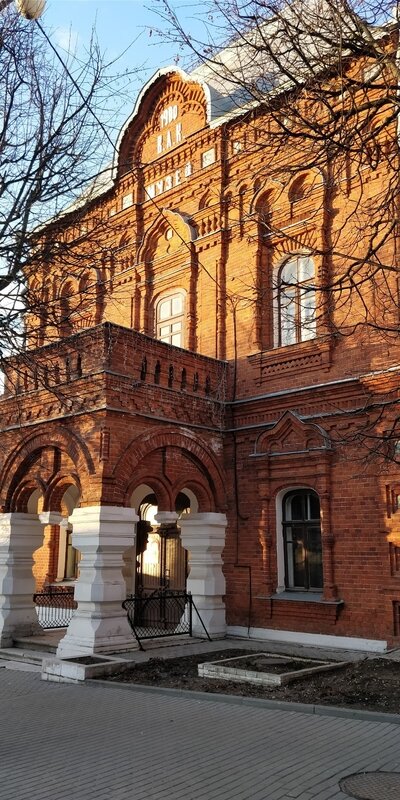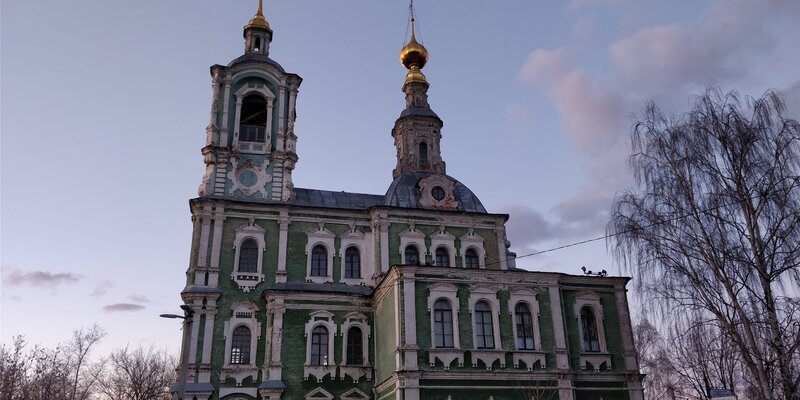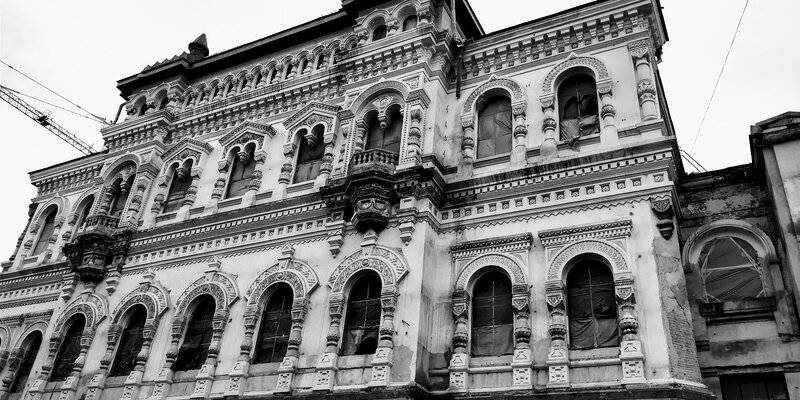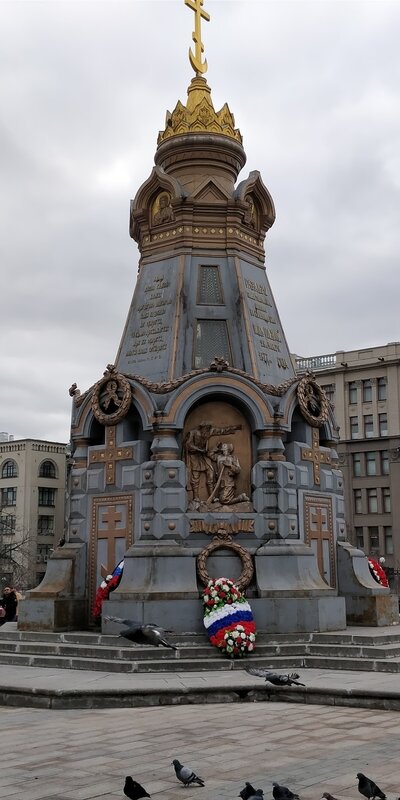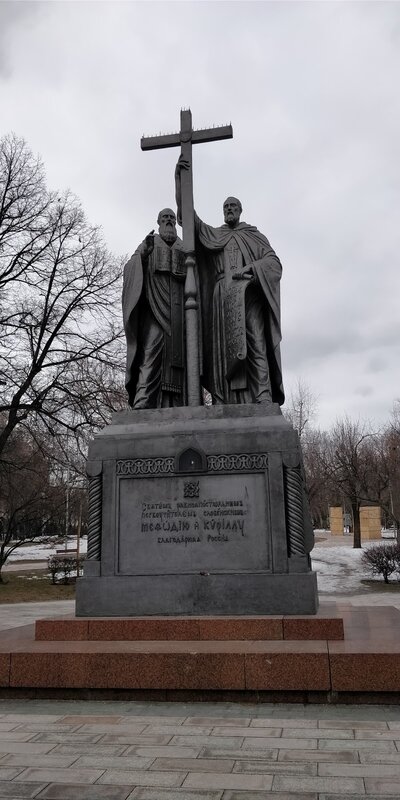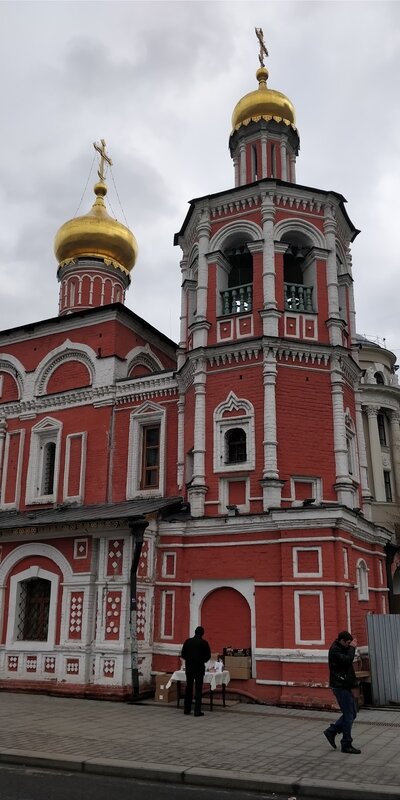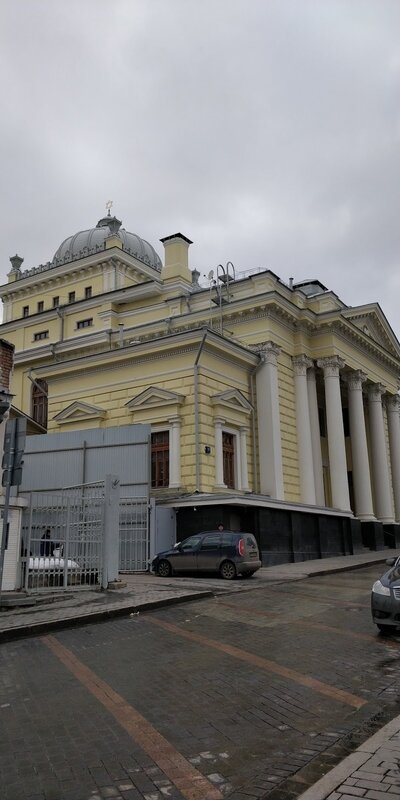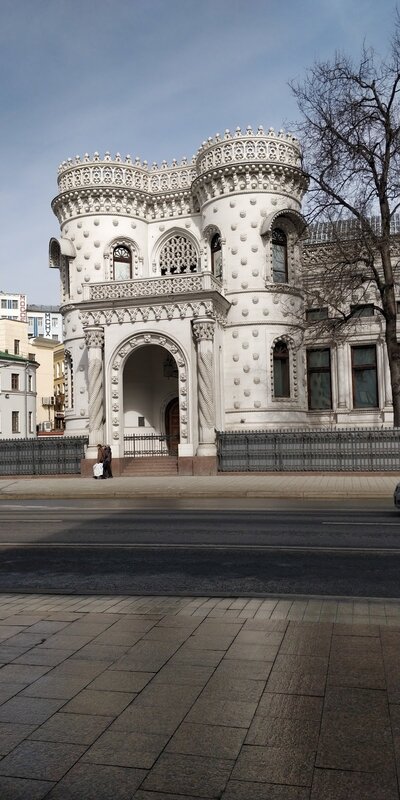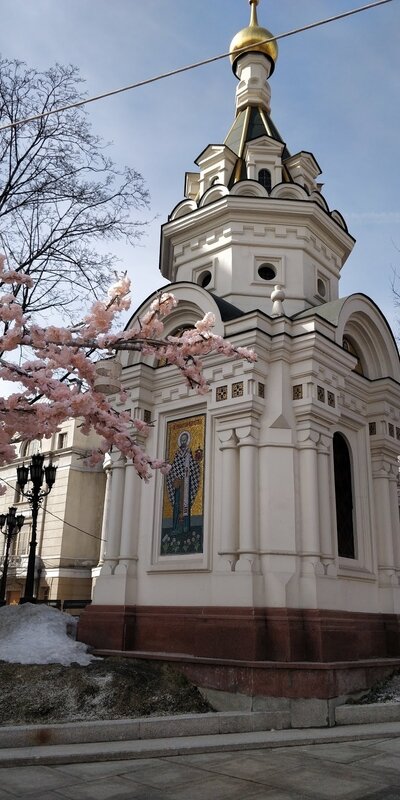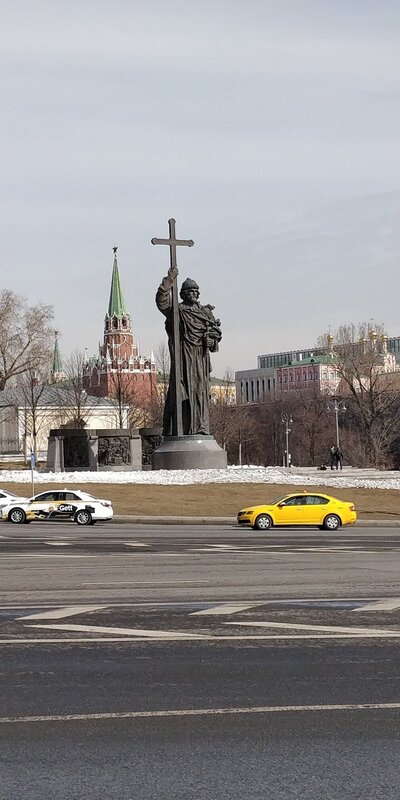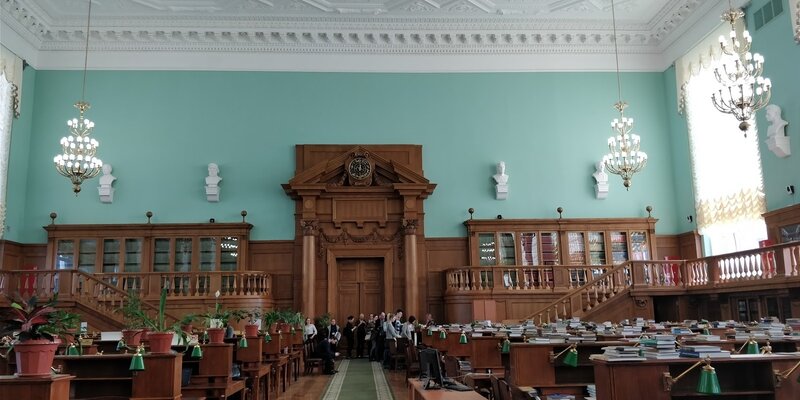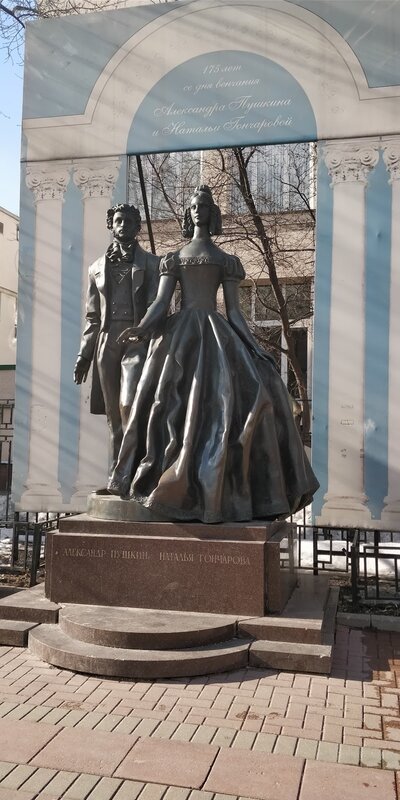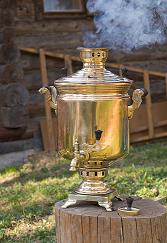Pereslavl - Zalesski
127 km from Moscow, 41,000 inhabitants. The area, very hilly, is dotted with hills traditionally called the hills of Salvation. Each Russian city had its own, from the top of which the travelers, as soon as they perceived the city, bowed to salute it and made the same gesture after having left it. Pereslavl has two hills of Salvation, one to the south, on the Moscow side, the other to the north.
From the top of the first, in good weather, we can see, to the northeast of Lake Plescheyevo ("lapping lake"), a hill different from the others, with a conical top: its last ten meters were thus cut by pagan Slavs. in honor of the god Jarilo symbolizing the sun. The place is called "Baldness of Jarilo", because the snow disappears there earlier than on the neighboring hills.
At the foot of this hill, a huge rock weighing four tons was carried to the lake by ancient glaciers. Its dimensions and its dark blue color attracted, in the 8th and 9th centuries, the attention of the pagan Finno-Ugric tribes (the Méries) who inhabited the region; the rock became their divinity, to which they sacrificed animals.
The Slavs, who appeared here in the 9th century, made this their belief and began decorating the rock with flowers and ribbons and dancing around in circles. These pagan demonstrations have always displeased the Christian clergy who, until the end of the eighteenth century, failed to ban them and envied their success, as shown by a text of the time: "Ilyadanslavillede Pereslavl a large stone, inhabited by a demon of dreams, which brings people from Pereslavl on the very day of Saints Peter and Paul. And these people, men, women and children, come to worship him. If there is a dancer or a musician who invites to play or to dance, everyone goes there joy in the heart, (whereas) if one calls to the church, one yawns, one says: it rains, he is cold. "
The people were indeed more willing to attend pagan festivals (whether in the open air and in the middle of winter), to sing and dance, than to church.
At the beginning of the 17th century, a monk from Rostov, Irinarkh, famous for his piety, ordered to dig the ground to bury the rock. He remained well hidden all winter, much to the delight of the clergy. This joy, however, was short-lived: in the spring, the stone reappeared before the admiring adorers.
Pereslavl has a special atmosphere that can not be found in any other city in central Russia: hundreds of kilometers from the sea, it breathes the atmosphere of the port cities. There are fishermen with wind-tanned faces, wearing high boots, or boys in sailors' shirts. It is with the Troubèje river, bordered by weeping willows, and the immense lake of Plescheïevo, the water is omnipresent. At the edge of the river, in the "fishermen's village", live the descendants of those who fished the "herring of Pereslavl" for the court of the Russian tsars, enjoying many privileges: they were freed from military service and pardoned for everything crime except murder. If Pereslavl is sometimes compared to Venice, it is because water is also an inseparable part of daily life: it feeds, it carries passengers and goods, it enchants walkers. We regularly see boats moored to willow branches. In the past, these canoe-shaped boats were made of the entire trunk of an aspen.
They have kept this form, the safest on the lake agitated by the wind. Near the houses of the town, the nets dry as before, and if two friends go out to smoke a cigarette, they will not fail to take a fishing rod to tease the fish. The cats will drink at the river and in the evening, the boats of the fishermen descend towards the lake.








